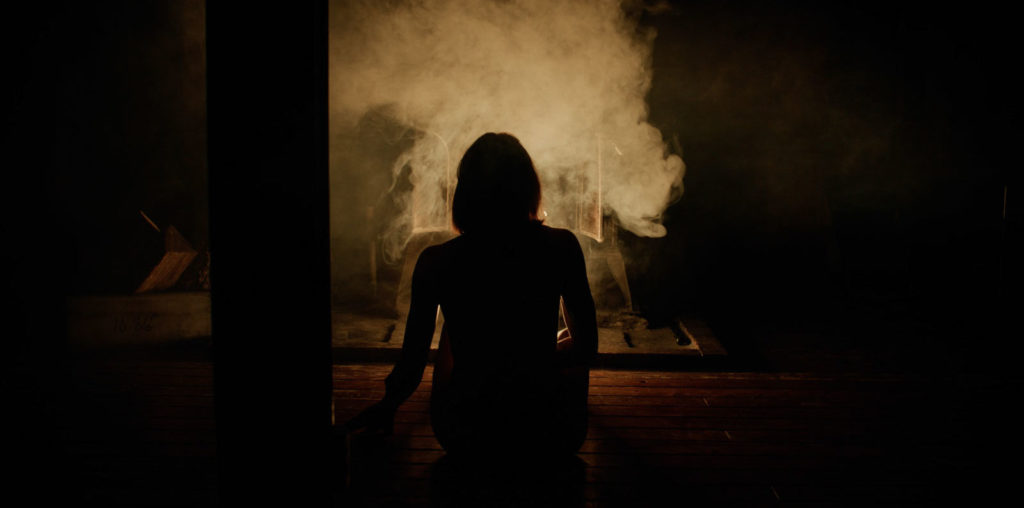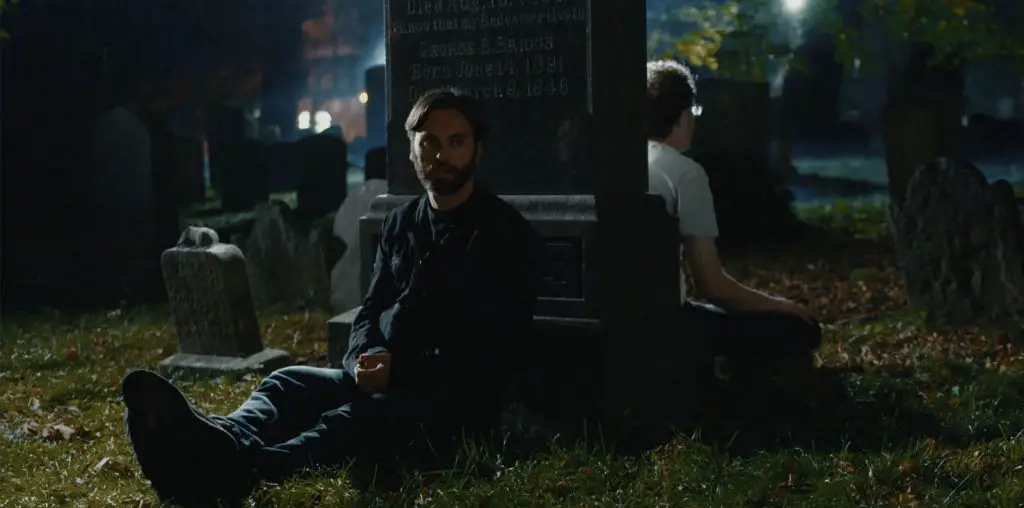
Asako lives in Osaka. She falls in love with Baku, a free-spirit. One day, Baku suddenly disappears. Two years later, Asako now lives in Tokyo and meets Ryôhei, who looks just like Baku but has a completely different personality.
The confusing title of Ryûsuke Hamaguchi’s latest film may lead one to believe it’s split into two parts, yet Asako I & II refers to the duality of one’s personality. Its titular heroine is split between her obsession over a nostalgic love affair and her dubious affection for a man who uncannily resembles the sweetheart of her youth. Vertigo’s distant romantic cousin, Hamaguchi’s tale scales back on the anxiety, substituting tension with a borderline-soapy aesthetic. Thankfully, the filmmaker, along with his cast, manage to skirt overt sentimentality. While Asako I & II’s narrative leaps and languid pacing may be off-putting to jaded audiences, it keenly encompasses a plethora of themes and is bound to pull at the most hardened of heartstrings.
Highly introverted Asako (Erika Karata) delves headfirst into a rebellious affair with “bad boy” Baku (Masahiro Higashide). They go clubbing, make out passionately and crash motorbikes, Asako is smitten like a kitten by Baku’s devil-may-care attitude and good looks. Baku has a tendency to leave for indefinite periods of time, making Asako nervous. “It’s okay,” he reassures her, “I’ll come back, even if I’m late, so don’t worry.” He obviously doesn’t keep his promise, disappearing on route to get shoes one day.
“Its titular heroine is split between her obsession over a nostalgic love affair and her dubious affection for a man who resembles the sweetheart of her youth.”
“Two years and a bit” pass by. While delivering coffee to an office, Asako’s shocked to bump into Baku – only it’s not Baku, it’s Ryôhei, a straight-edge corporate employee with an uncanny resemblance to the motorcycle-crashing fiend. Asako finds herself increasingly obsessed with the man – or his handsome shell, which allows her to subconsciously continue her short-lived romance. Yet for how long can she sustain it?
“I’m not the kind of guy you think I am,” Ryôhei tells Asako. “I’m neither a scary guy nor a bad guy.” Therein lies the problem – she wants the scary, bad Baku back. Another five years later, her wish comes true, when a rich and famous Baku storms in, shattering Asako and Ryôhei’s peaceful (if somewhat mundane) existence. Asako’s love is put in perspective, her “happy dream” morphing into a brief reality.
Hamaguchi, along with co-writer Sachiko Tanaka, consistently apply both affecting and sagacious touches to the script. Art’s inherent artifice is scrutinized in an early scene, a bitter character ending up envious of his target’s pursuit of artistic enlightenment. There are reflections, dualities, and alliterations aplenty. The film emphasizes the value of names – especially in Japan, where each character may mean something profound (a significant portion gets lost in translation, I’m sure.). “The kanji character for Baku is ‘wheat’,” says one character. “Baku” itself means “tapir.” “are you saying I look like a tapir?” Ryôhei asks Asako.
The filmmaker’s eye for visuals is equally assured, if unremarkable. A photo gallery early on showcases images of twins, mirroring Ryôhei’s carbon copy of Baku later. A sudden earthquake during a theater performance is wholly immersed in blackness, followed by Asako walking against the stream of a panicked crowd to embrace Ryôhei. An especially heart-wrenching sequence involves Baku and Asako driving to potential redemption.
“…Higashide effortlessly switches between the two polar-opposite men, both utterly convincing.”
At two hours, Asako I & II could have easily been 20 minutes shorter for a less diluted, more searing emotional experience. At times the pacing verges on lethargic. Belief needs to be suspended for certain periods: e,g, how has Asako not noticed Baku’s mug on every giant billboard and screen in Japan, while Ryôhei – equally incredulously – put two and two together years ago? The narrative also comes dangerously close to tipping into made-for-TV melodrama.
Luckily, the cast is there to pull it away from the precipice of sap. Erika Karata delivers a memorable performance, her uber-shy, devoted Asako unraveling into a borderline-contemptible wretch, prior to snapping back to reality and acknowledging her selfishness. The actress convincingly portrays a highly-reserved-but-endearing young woman, to whom there’s more than meets the eye – not an easy task by any means. Masahiro Higashide effortlessly switches between the two polar-opposite men, both utterly convincing. The chemistry between the two leads sparks.
Bolstered by Japanese DJ and singer’s Tofubeats’ otherworldly score, Asako I & II touches upon the significance of appearances and our perception of truth. It questions whether one should break out of their comfortable shell into the unknown, examines fate and obsession – and also happens to be a quite insightful character study/love story. If Hamaguchi focuses his vision and tightens the screws a bit, he may just make a great film next. Asako III, anyone?

Asako I & II (2018) Directed by Ryûsuke Hamaguchi. Starring Masahiro Higashide, Erika Karata, Rio Yamashita, Sairi Itô, Misako Tanaka. Asako I & II screened at the 2019 San Francisco International Film Festival.
7 out of 10


